HELLBLADE: SENUA’S SACRIFICE Review
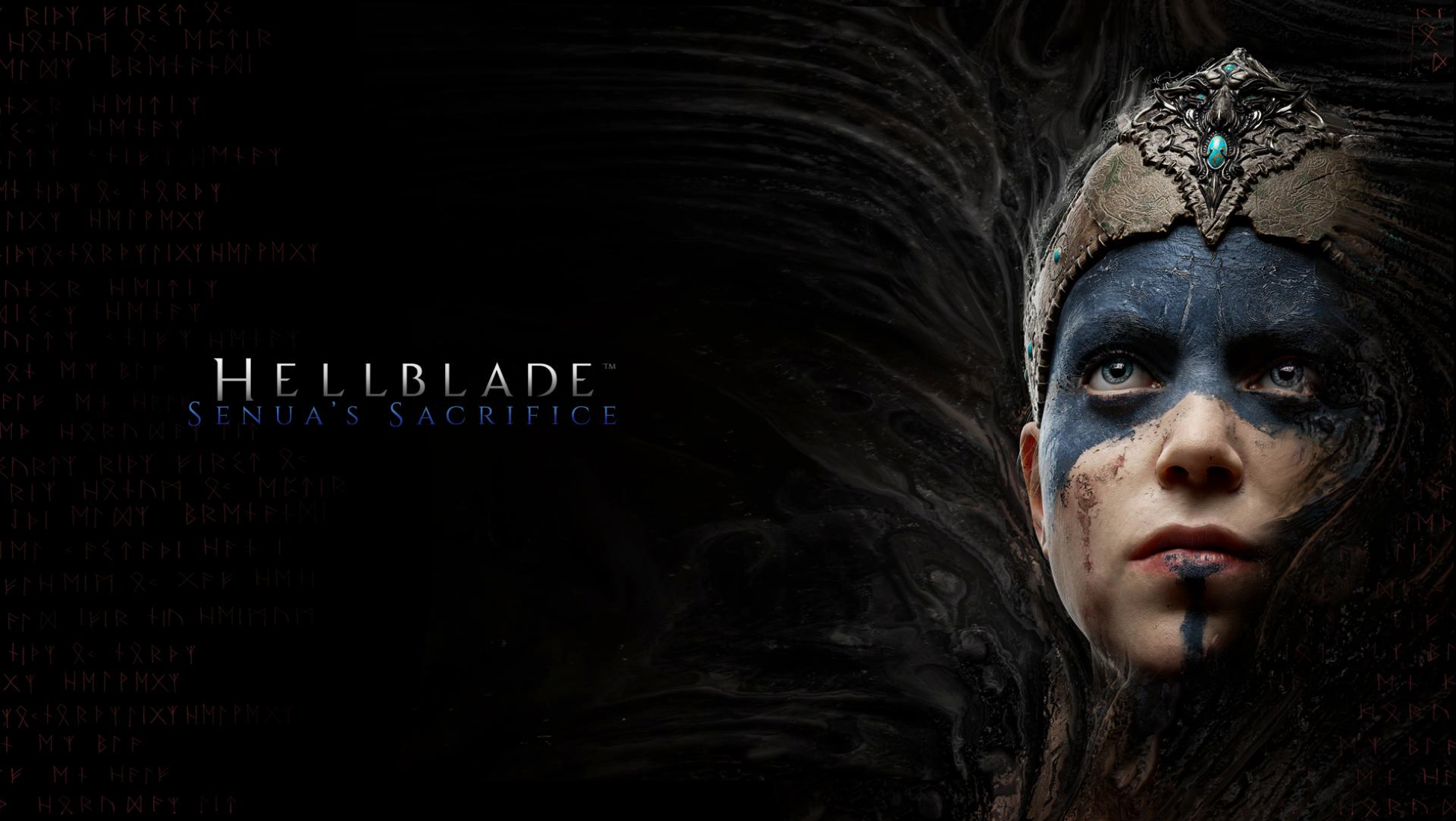
The first thing I see upon starting HELLBLADE: SENUA’S SACRIFICE is not the menu, but rather a disclaimer: this is a game that features portrayals of psychosis, and developer Ninja Theory (who I often mix up with Team Ninja) took great pains to consult both neurologists as well as sufferers of psychosis to ensure their depiction was accurate. It’s a tacky note to start any work on, but not completely without merit. Mental illness is oft used as a narrative crutch or an excuse to frame a character (usually a villain) in a one-dimensional slant. It’s as much cheap storytelling as it is boorish generalization.
Fortunately, I can say with confidence that HELLBLADE avoids such pitfalls. Mind you, I can’t tell you that the game is an accurate portrayal of psychosis; I would have to possess such a condition myself to qualify that statement. Rather, even though the player protagonist Senua suffers from both voices and visions, and said phenomenon drive gameplay and plot, HELLBLADE never once felt exploitative or cliched in its presentation. Yes, this is a horror game, but neither the illness nor the victim are painted as the problem. While the careful treatment of neurodivergency should be applauded, it’s how intelligently the subject matter is leveraged into crafting an absorbing experience that is groundbreaking.
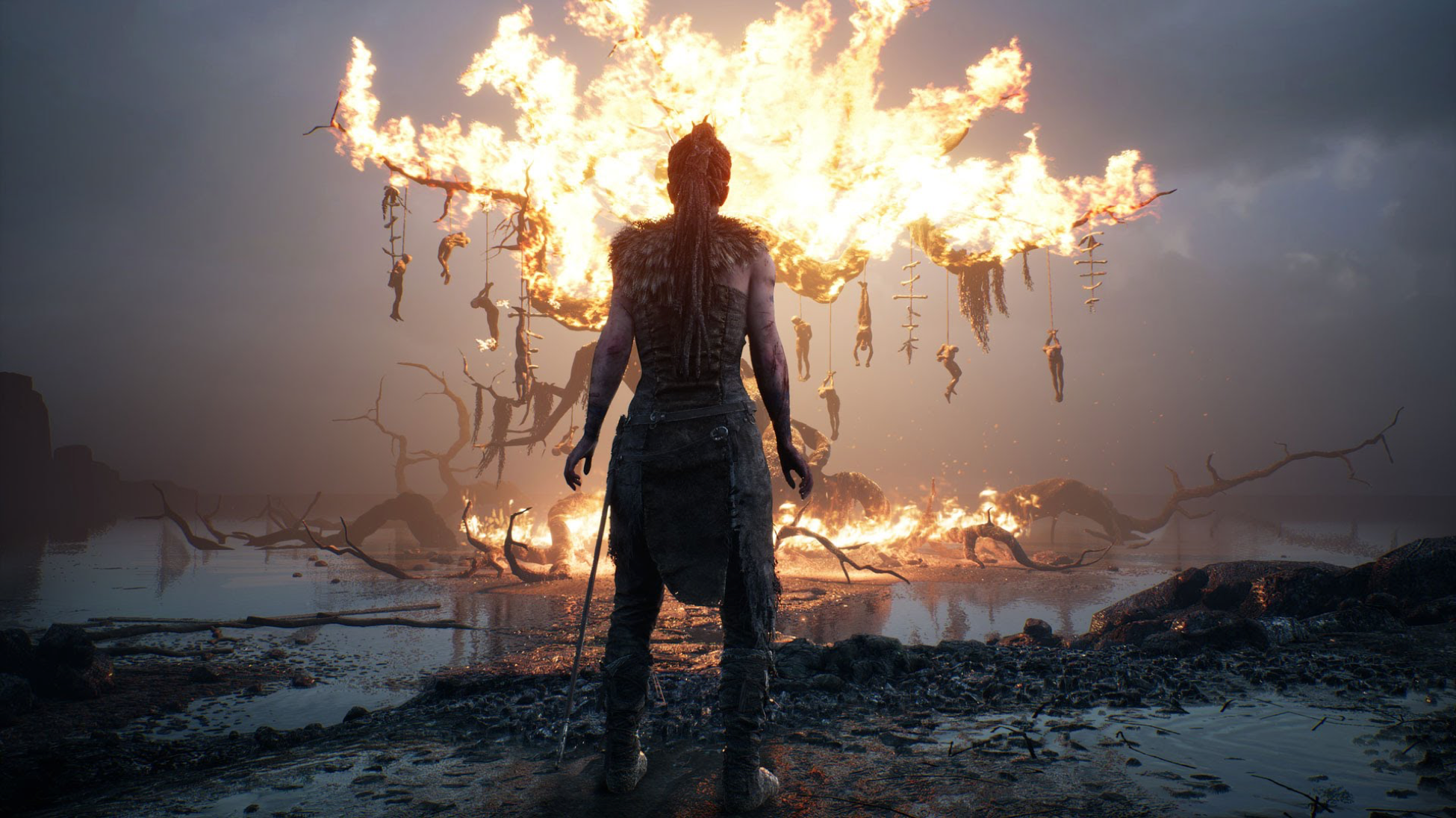
(Slow heavy metal music playing)
We pick up with Viking woman Senua paddling her canoe to Helheim, the Norse land of the dead. There she hopes to bargain with the goddess Hela for the soul of her deceased lover, but first she will have to brave the treacherous landscape, surpass demons, and complete trials to prove her worth of holding an audience with the deity. Joining Senua for the journey are the myriad of voices residing within her head and, to a lesser extent, the visions that appear around her. Overcoming both mind and mettle proves to be a both physically and spiritually taxing journey for our young heroine.
HELLBLADE is not the first game to use a disability as a mechanic, but it is the most effective. Senua’s handicap acts a powerful source of tension that leaves both her and the player with a constant sense of unease. Some voices are friendly, some are hostile, and most are simply spectators, but regardless of intent, their unceasing cacophony is unnerving to say the least. Senua never meets another living soul during her time in Helheim, and her own voice is almost always drowned out, so it’s disturbing how the chorus instills such a sense of isolation within the player. Combined with HELLBLADE’s permadeath system, dread becomes your only companion, and moments of relief are few and far between.
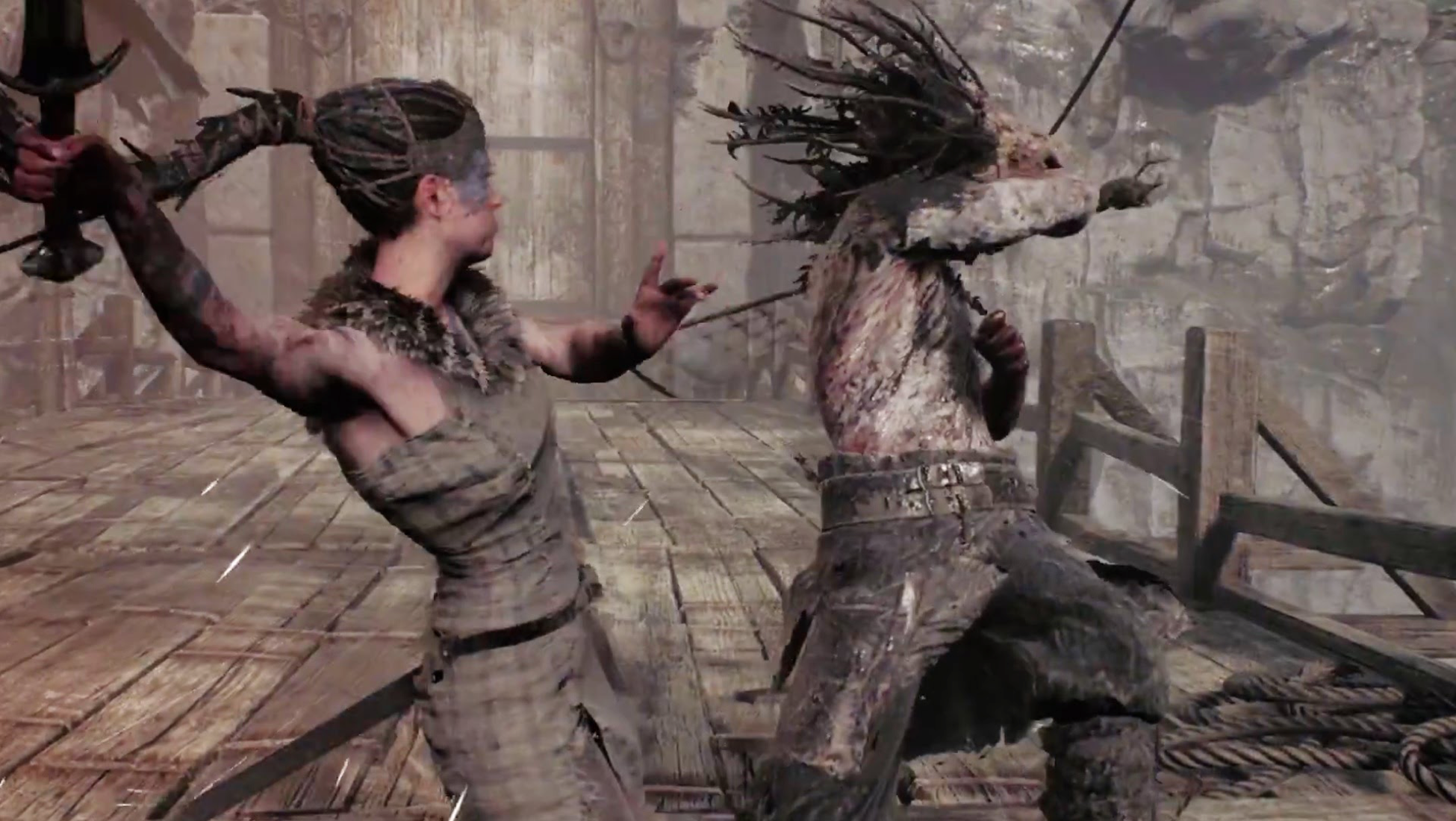
How Vikings take a load off
Helheim is such a desolate, miasmic swamp that reaching dry ground had me feeling physical relief, and Ninja Theory’s necrotic depiction of the Nordic pantheon didn’t make me feel any more comfortable. These aren’t the majestic figures that most religions jump divinity up to be, but rather hideous monsters, closer to creatures from Silent Hill than the gilded gods of the MCU’s Thor. Faith in them is treated no differently than any other mental illness, and the fatalistic nature of their legends are cleverly used to parallel Senua’s own downward spiral.
Another device that proved effective at grinding my nerves down was how the just-too-close camera never once leaves Senua’s side, not even for cutscenes. It is implied early on that the “player” is not Senua herself, but rather one of her guiding voices. This lends the game a claustrophobic, cerebral lens that drives home the unending nature of Senua’s affliction, yet also miraculously enough, justifies the railroaded level design.
While I’m throwing out buzzwords, here’s another: HELLBLADE’s milieu is the most cinematic I’ve seen in gaming. I don’t mean this in how it adheres to film technique, as it doesn’t seek to be an interactive movie in the vein of UNTIL DAWN or LATE SHIFT. Instead, I’m more impressed by how seamlessly themes and mechanics support each other. Senua’s voices, whether through jeers or warnings, alert the player to everything from incoming attacks, low health, and dead ends. Likewise, these headmates do a very effective job at guiding the player’s attention, telling them where to go or look if confused, and generally keeping them on the right track.
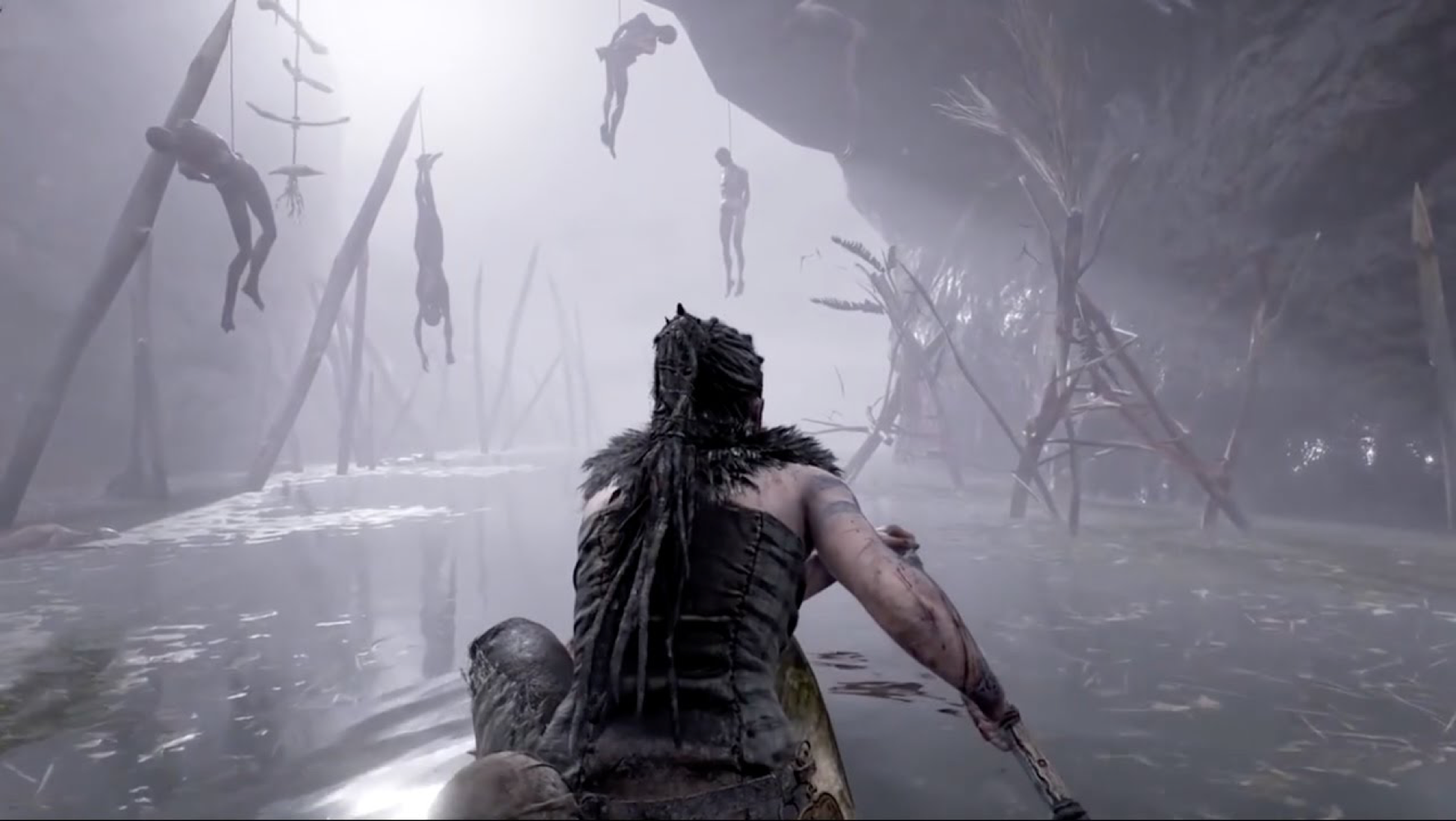
“Senua, I think this is the right direction.”
With these auditory aids, HELLBLADE is able to exist entirely without a HUD or even button prompts. Their obtrusiveness would be immersion breaking in any other game, but here, they serve a greater purpose. The only non-diegetic piece of text is an early note tipping the player off to the aforementioned permadeath system, and the boldness of this anomaly only increases the fear of that feature in the back of the player’s mind.
As I mentioned earlier, HELLBLADE is horror, and despite the insinuations of action from the warrior lead and the big ‘ol “blade” in the title, combat takes a backseat here. There are telegraphed attacks and tons of rolling to be had, but this isn’t Viking Dark Souls. HELLBLADE is actually not that difficult, challenging enough only to get you sweating, but not to crush you.
It’s also not terribly long. Most of the eight-hour playthrough is spent exploring, solving illusory puzzles with Senua’s special senses, and uncovering Viking lore. This might be a turnoff to those (understandably) expecting a hack-n-slash on the darker side, but the truth is the limited enemy variety and simple melee system would likely wear out their welcome if it featured any more prominently than it already does. That being said, HELLBLADE is exactly as short as it should be, as horror tends to become overbearing past the 10 hour mark, even more so when too many failures can see you being forced to restart from the top.
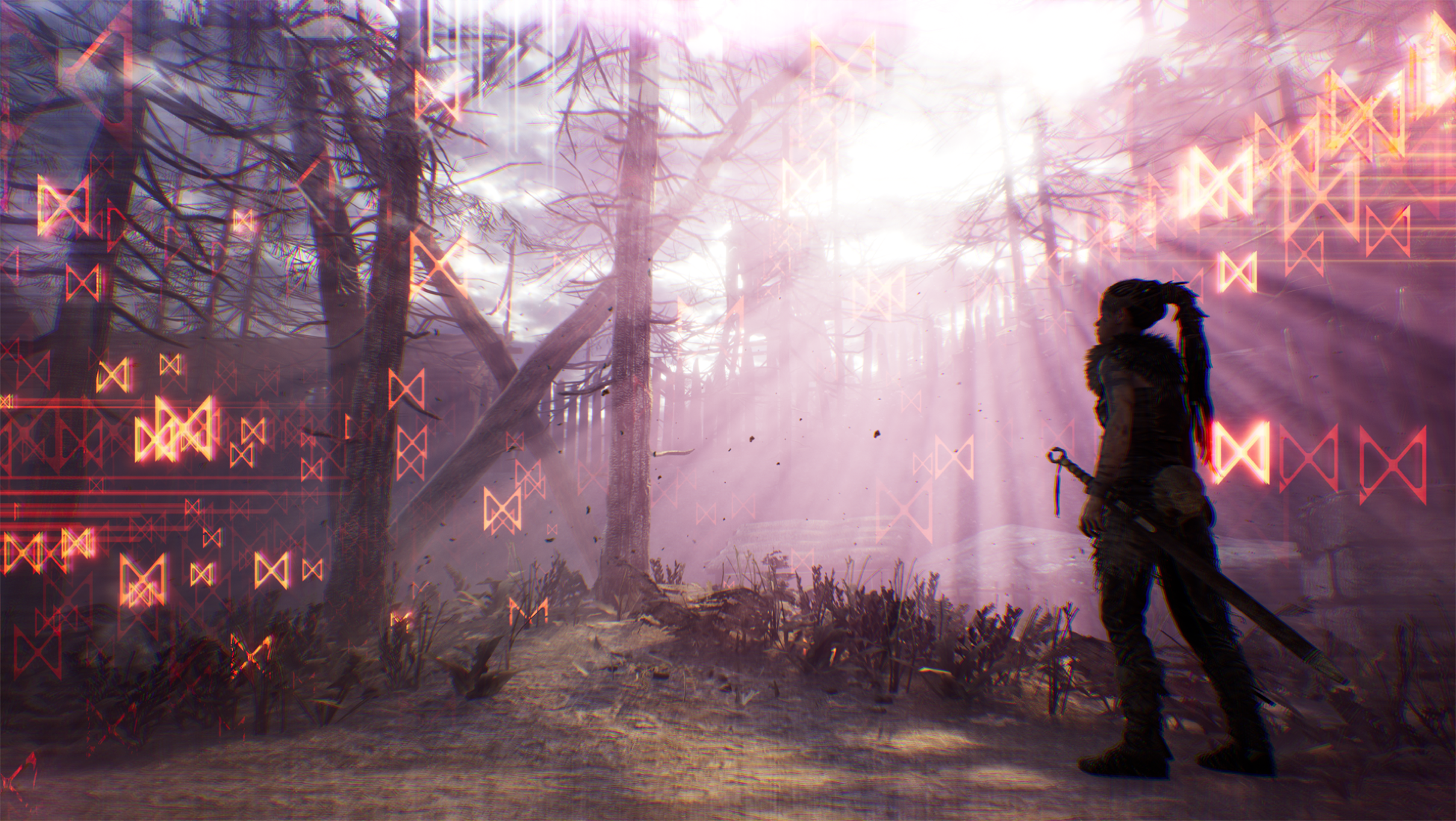
What are runes but ancient emojis?
HELLBLADE could probably have afforded deeper mechanics or a larger scope given its extended period of development. What it does choose to focus on, however, is executed to utter perfection. I admittedly call a lot of games “great,” but HELLBLADE is as close to any that I would consider a “masterpiece.” It is arguable whether such an accolade can even be ascribed to a title of such limited aims, but that is an discussion for another day. What is clear is that HELLBLADE is a phenomenally engaging and emotional experience, a step forward for gaming, and easily the biggest surprise of the year.
Verdict: Recommend
Reviewed on PlayStation 4, also available on PC

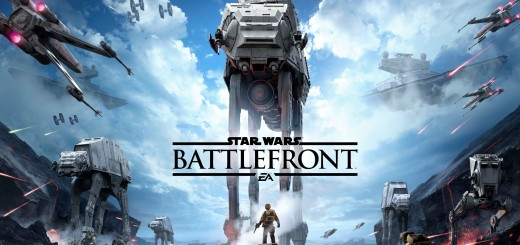
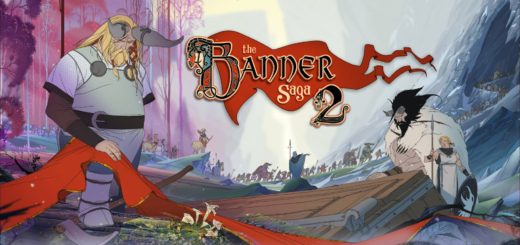
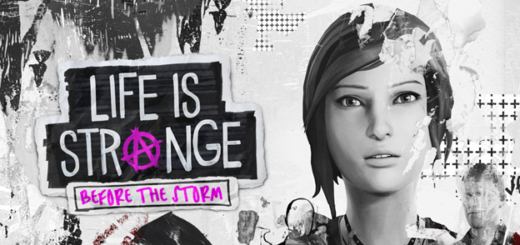
2 Responses
[…] Click here to read our review of HELLBLADE: SENUA’S SACRIFICE. […]
[…] Imagem:xfdrmag […]